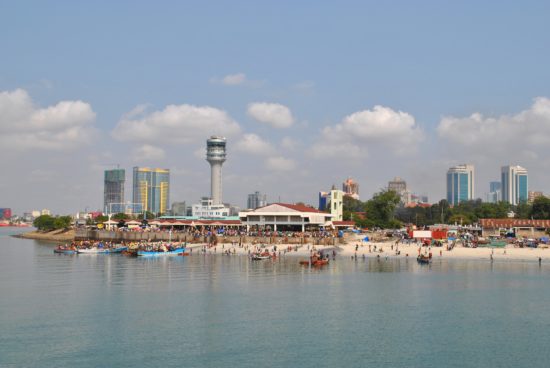Antimicrobial resistant enteric bacteria are widely distributed amongst people, animals and the environment in Tanzania
Antibiotic use and bacterial transmission are responsible for the emergence, spread and persistence of antimicrobial-resistant (AR) bacteria, but their relative contribution likely differs across varying socio-economic, cultural, and ecological contexts. To better understand this interaction in a multi-cultural and resource-limited context, the authors examine the distribution of antimicrobial-resistant enteric bacteria from three ethnic groups in Tanzania.
AMR NEWS
Every two weeks in your inbox
Because there should be one newsletter that brings together all One Health news related to antimicrobial resistance: AMR NEWS!





